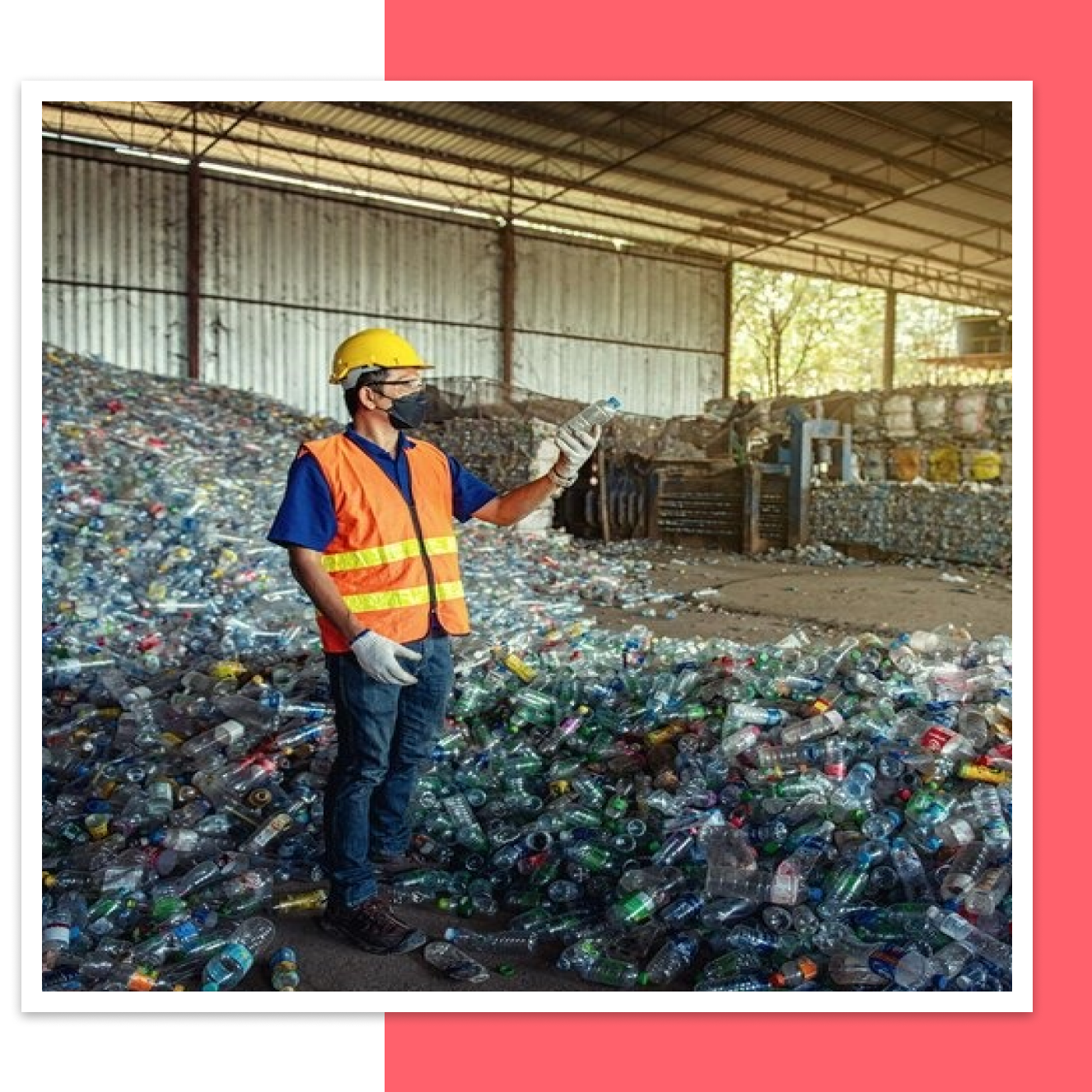ROHS TESTING AND COMPLIANCE
At Silvereye Certifications, we understand that navigating through the EPR Certificate process can be very difficult to manage, especially if you are unfamiliar with the requirements. That is why our experienced team is here to simplify it for you. From gathering the necessary documents to completing the certification process, we handle everything, ensuring you stay stress-free at every step.
We pride ourselves on our commitment to providing timely and reliable services. No delays, no hidden costs—just straightforward, professional guidance to help you achieve compliance quickly and efficiently. Let us take the stress out of the process so you can focus on what matters most: “Growing your Business”.

WHAT is ROHS TESTING AND COMPLIANCE ?
RoHS (Restriction of Hazardous Substances), is a critical compliance requirement for electronics manufacturer worldwide. Initially adopted by the European Union in 2003, RoHS (Restriction of Hazardous Substances) aims to limit the use of specific hazardous material found in electric and electronic products. This blog will explore the importance of RoHS (Restriction of Hazardous Substances), the substances it restricts, the testing methods involved, and its global implications.
THE IMPORTANCE OF ROHS
RoHS compliance is crucial for several reasons:
ENVIRONMENTAL PROTECTION:
RoHS (Restriction of Hazardous Substances) restricts the use of substances that are harmful to the environment and human health. By limiting these substances, it helps reduce electronic waste pollution and the adverse effects on ecosystems.
HEALTH AND SAFETY:
Many restricted substances, such as lead and mercury, pose significant health risks. RoHS (Restriction of Hazardous Substances) ensures that products are safer for consumers and workers involved in the manufacturing process.
MARKET ACCESS:
Compliance with RoHS (Restriction of Hazardous Substances) is mandatory for selling the electronic products in the EU market. Non-compliance can result in substantial fines and the removal of non-compliant products from the market.
CORPORATE RESPONSIBILITY:
Adhering to RoHS (Restriction of Hazardous Substances) standards it demonstrates a companies commitment to sustainable practices and corporate social responsibility, enhancing its reputation and consumer trust.
RESTRICTED SUBSTANCES UNDER ROHS
RoHS restricts the use of ten hazardous substances in electrical and electronic equipment. These substances are:
LEAD (PB):
Used in soldering materials and glass in cathode ray tubes, among other applications.
MERCURY (HG):
Found in switches, relays, and fluorescent lamps.
CADMIUM (CD):
Used in batteries, pigments, and coatings.
HEXAVALENT CHROMIUM (CR6+):
Utilized in metal coatings to prevent corrosion.
POLYBROMINATED BIPHENYLS (PBB):
Flame retardants in plastics.
POLYBROMINATED DIPHENYL ETHERS (PBDE):
Flame retardants in various electronic components.
BIS(2-ETHYLHEXYL) PHTHALATE (DEHP):
Used as a plasticizer in cables and wires.
BENZYL BUTYL PHTHALATE (BBP):
Also, a plasticizer used in electronic equipment.
DIBUTYL PHTHALATE (DBP):
Found in adhesives and sealants.
DI ISOBUTYL PHTHALATE (DIBP):
Used in plastics and coatings.
These substances are limited to a maximum concentration value of 0.1% (except for cadmium, which is limited to 0.01%) by weight in homogeneous materials.
ROHS TESTING METHODS
RoHS compliance testing involves several methods to ensure that electronic products meet the required standards. The primary testing methods include:
X-RAY FLUORESCENCE (XRF) SPECTROSCOPY:
A non-destructive method that analyses the elemental composition of materials. XRF is widely used for initial screening due to its speed and efficiency.
INDUCTIVELY COUPLED PLASMA MASS SPECTROMETRY (ICP-MS):
A highly sensitive technique that detects trace levels of metals. ICP-MS is often used for definitive testing after initial XRF screening.
GAS CHROMATOGRAPHY-MASS SPECTROMETRY (GC-MS):
Used to detect and quantify organic substances like phthalates. GC-MS provides precise measurements and is essential for confirming compliance.
FOURIER TRANSFORM INFRARED SPECTROSCOPY (FTIR):
This technique identifies organic, polymeric, and in some cases, inorganic materials. FTIR is useful for screening and identifying the presence of restricted substances.
WET CHEMICAL ANALYSIS:
Traditional laboratory methods involving chemical reactions to detect specific substances. These methods are precise but time consuming and often used for confirmation testing.
GLOBAL IMPLICATIONS OF ROHS
While the RoHS (Restriction of Hazardous Substances) originated in the European union, its influence extends globally. Many countries have adopted similar regulations, creating a network of compliance standards. Notable examples include:
JAPAN ROHS:
Japan’s Industrial Safety and Health Law restricts certain hazardous substances in consumer products, aligning closely with RoHS.
CHINA ROHS:
Also known as the Administrative Measures for the Restriction of the Use of Hazardous Substances in Electrical and Electronic Products, this regulation mirrors the EU RoHS but includes unique labelling requirements and a broader scope.
KOREA ROHS:
South Korea’s Act on Resource Recycling of Electrical and Electronic Equipment and Vehicles restricts hazardous substances and promotes recycling.
CALIFORNIA ROHS:
The state of California has implemented its version of RoHS, primarily aligning with the EU directive but with some differences in scope and enforcement.
CHALLENGES AND FUTURE TRENDS
RoHS compliance presents several challenges for manufacturers, including:
SUPPLY CHAIN COMPLEXITY:
Ensuring that all components and materials meet RoHS standards requires extensive coordination with suppliers and rigorous documentation.
TESTING COSTS:
Comprehensive testing can be expensive, especially for smaller manufacturers. Balancing cost with thorough compliance is a critical consideration.
EVOLVING REGULATIONS:
As technology advances, the list of restricted substances may expand. Keeping up with regulatory changes is essential for ongoing compliance.
Looking ahead, future trends in RoHS compliance may include:
STRICTER REGULATIONS:
Additional substances may be added to the restricted list, and allowable concentration limits could be lowered.
SUSTAINABLE PRACTICES:
Increased emphasis on sustainable manufacturing practices and the circular economy, encouraging companies to design for recyclability and reduce electronic waste.
ADVANCED TESTING TECHNOLOGIES:
Continued development of more efficient and accurate testing methods, making compliance verification easier and more cost-effective

